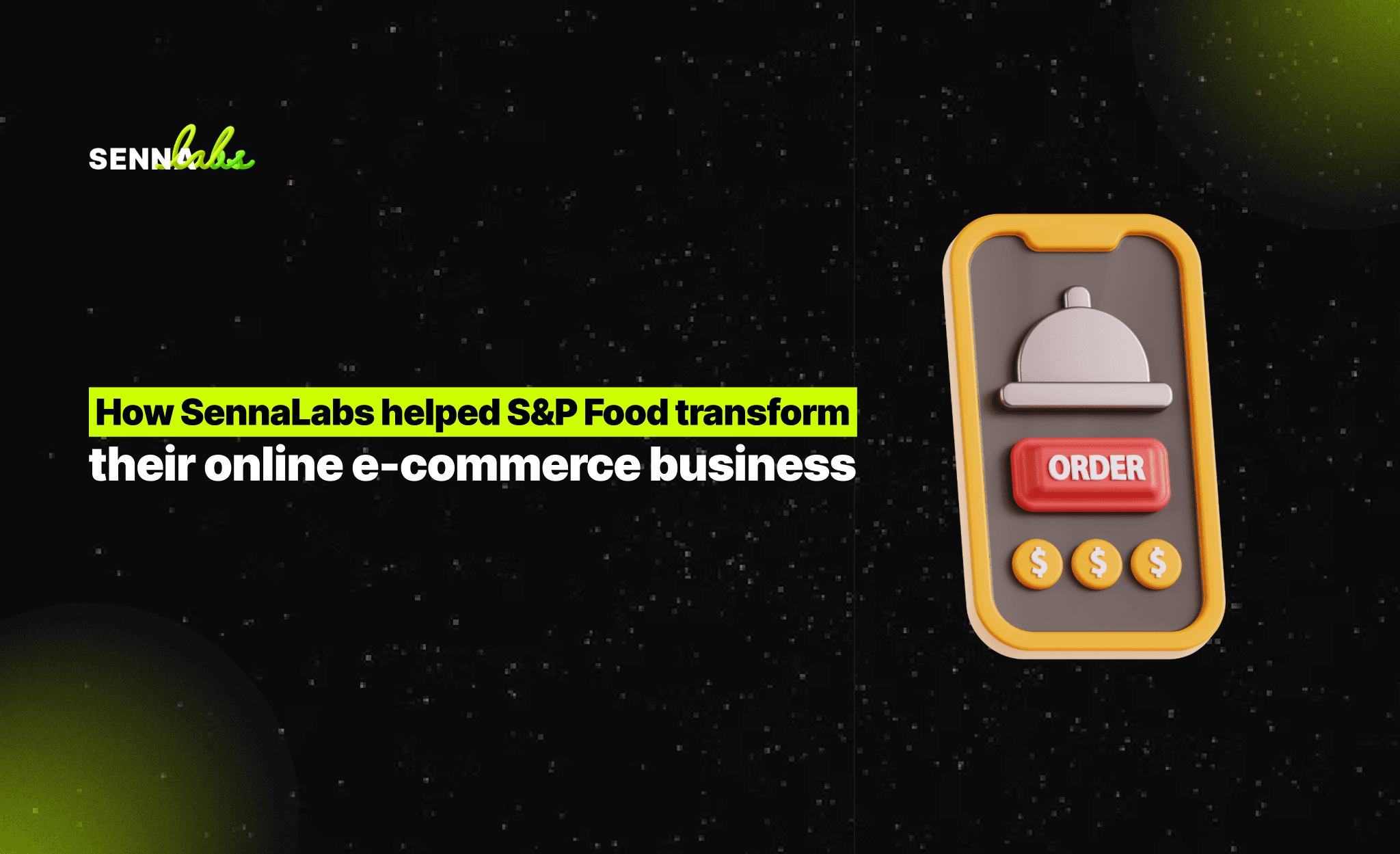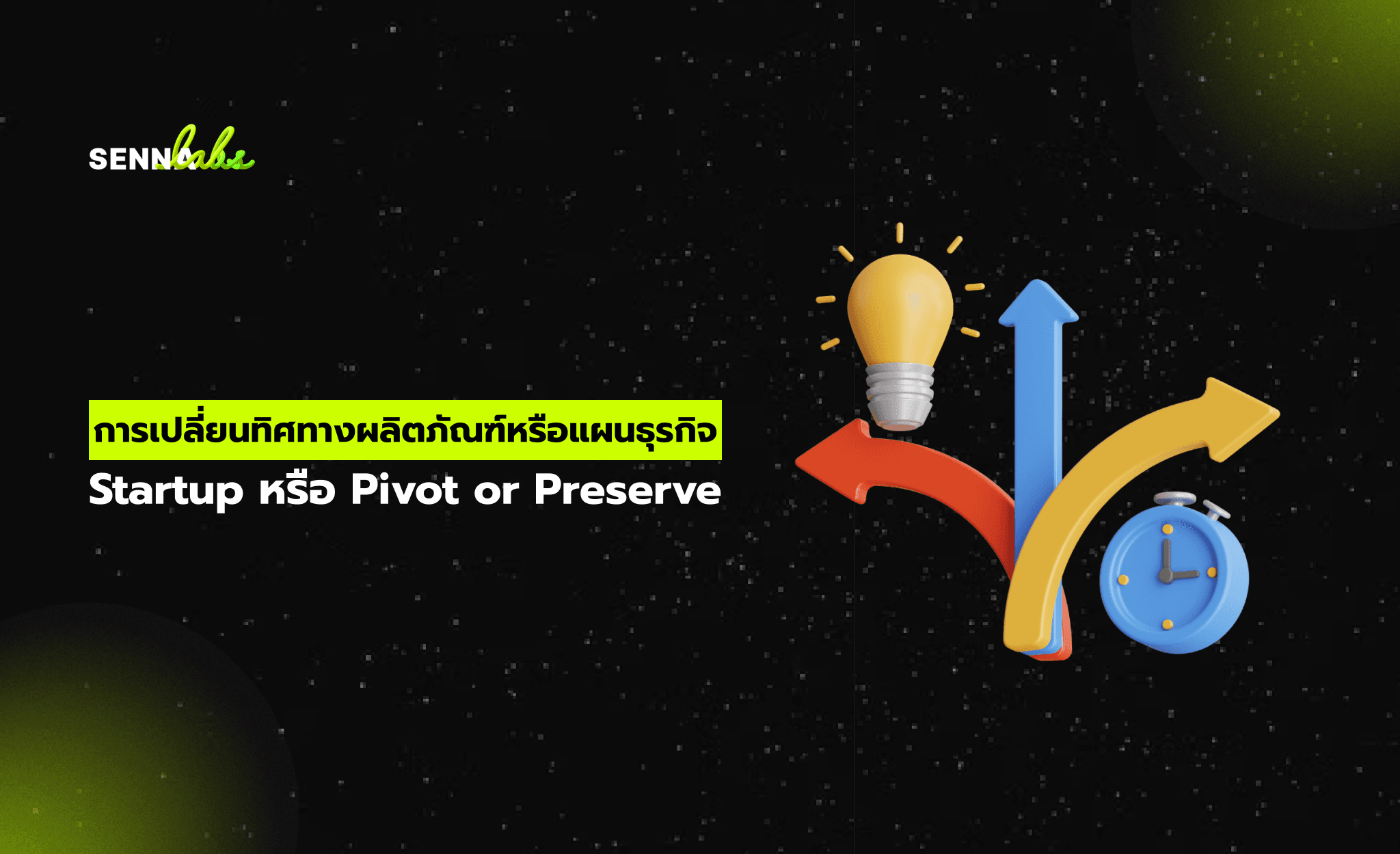How Agile Ensures Flexibility and Collaboration in Developing a Fintech Application
Share

The software development landscape is evolving rapidly, driven by the demand for faster delivery, higher quality, and greater flexibility. Traditional software development approaches, such as the Waterfall model, often struggle to keep up with the ever-changing requirements of modern applications, particularly in industries like financial technology (Fintech).
Fintech applications, including mobile banking apps, digital wallets, and online lending platforms, require continuous updates, high security, and seamless user experiences. This is where Agile methodology plays a crucial role. By embracing Agile principles, software development teams can improve efficiency, enhance collaboration, and ensure quick iterations to meet evolving customer needs.
This article explores how Agile methodology benefits Fintech application development, the key principles behind it, and best practices for implementation.

What is Agile Methodology?
Agile is an iterative and incremental approach to software development that emphasizes collaboration, flexibility, and customer feedback. Unlike traditional models that follow a linear process, Agile allows teams to develop software in small, manageable increments (sprints), continuously refining and improving the product.
Agile is built upon the Agile Manifesto, which prioritizes:
-
Individuals and interactions over processes and tools.
-
Working software over comprehensive documentation.
-
Customer collaboration over contract negotiation.
-
Responding to change over following a plan.
These principles make Agile an ideal choice for Fintech applications, where rapid changes in regulations, security standards, and user preferences require a flexible development approach.
Why Agile is Essential for Fintech Application Development
The Fintech industry demands highly secure, reliable, and user-friendly applications that comply with regulatory requirements. Agile methodology provides the necessary framework to ensure fast releases, continuous improvements, and stakeholder involvement.
1. Faster Time-to-Market
-
Agile enables incremental development, ensuring that new features and updates are released frequently rather than waiting for a full product launch.
-
Shorter development cycles help Fintech companies stay ahead of competitors by quickly adapting to market demands.
2. Continuous Testing and Improvement
-
Fintech applications require robust security measures and compliance with regulations like GDPR, PCI DSS, and PSD2.
-
Agile integrates continuous testing throughout the development lifecycle, allowing teams to identify and fix vulnerabilities early.
3. Enhanced Collaboration and Communication
-
Agile promotes cross-functional teamwork, ensuring seamless communication between developers, testers, designers, and financial experts.
-
Regular meetings, such as daily stand-ups and sprint reviews, keep everyone aligned and focused on project goals.
4. Improved Risk Management
-
Financial applications must be secure and error-free, as even minor glitches can lead to financial losses.
-
Agile minimizes risks by delivering software in smaller, tested increments, ensuring early detection of potential issues.
5. User-Centric Development
-
Agile incorporates user feedback in every sprint, ensuring that the application aligns with customer needs.
-
Features like personalized dashboards, AI-driven analytics, and seamless payment gateways can be tested and refined based on real user behavior.
Agile Frameworks for Fintech Development
Several Agile frameworks can be used for Fintech application development, depending on the project complexity, team size, and business goals.
1. Scrum
-
Best for: Teams developing complex Fintech applications requiring frequent iterations.
-
Key Features:
-
Development is divided into short, time-boxed sprints (typically 2–4 weeks).
-
Daily stand-up meetings ensure ongoing collaboration.
-
Sprint reviews and retrospectives help teams improve their processes.
2. Kanban
-
Best for: Teams needing a continuous flow of development and delivery.
-
Key Features:
-
Uses a visual board to track progress.
-
Encourages work-in-progress (WIP) limits to avoid overload.
-
Improves workflow efficiency without strict sprint cycles.
3. Lean Development
-
Best for: Startups and Fintech firms looking to minimize waste and maximize efficiency.
-
Key Features:
-
Prioritizes only necessary features, avoiding over-engineering.
-
Uses fast iterations and continuous deployment.
-
Focuses on delivering value to customers as quickly as possible.
Steps to Implement Agile in Fintech Application Development
1. Define Project Scope and Requirements
-
Establish a clear product vision with stakeholders, including banking institutions, investors, and regulatory bodies.
-
Identify core functionalities such as biometric authentication, fraud detection, and real-time transaction tracking.
2. Form a Cross-Functional Agile Team
-
Include developers, UI/UX designers, QA testers, business analysts, and security experts.
-
Assign Agile roles, such as Scrum Master and Product Owner, to ensure smooth execution.
3. Develop a Minimum Viable Product (MVP)
-
Launch an MVP with essential features to gather early user feedback.
-
Prioritize security and compliance in the initial release.
4. Establish a Continuous Integration/Continuous Deployment (CI/CD) Pipeline
-
Automate testing and deployment using tools like Jenkins, GitLab CI/CD, and Docker.
-
Ensure real-time monitoring and quick rollback mechanisms for bug fixes.
5. Conduct Regular Sprint Reviews and Retrospectives
-
Gather feedback from users, stakeholders, and regulatory bodies.
-
Adapt to new compliance laws and financial industry trends.
Challenges in Agile Fintech Development and How to Overcome Them
1. Regulatory Compliance
-
Solution: Incorporate compliance testing in every sprint and work with legal experts to ensure adherence to financial regulations.
2. Security Concerns
-
Solution: Implement secure coding practices, two-factor authentication (2FA), and end-to-end encryption from the start.
3. Balancing Speed and Stability
-
Solution: Maintain rigorous automated testing and deploy in controlled environments before releasing updates.
4. Managing Stakeholder Expectations
-
Solution: Keep stakeholders engaged through regular demos and progress updates.
Best Practices for Agile Fintech Development
-
Prioritize Security at Every Step – Implement AI-driven fraud detection, blockchain-based transactions, and biometric authentication.
-
Ensure Seamless API Integration – Connect with third-party services like payment gateways, financial data aggregators, and credit bureaus.
-
Adopt a Mobile-First Approach – Optimize for smartphones, wearables, and digital wallets.
-
Use Real-Time Data Analytics – Leverage AI-powered insights for risk assessment and investment recommendations.
-
Promote a Collaborative Culture – Foster open communication among teams to ensure rapid problem-solving.
Conclusion
Agile methodology is transforming Fintech application development by enabling rapid iteration, continuous testing, and seamless collaboration. Unlike traditional development models, Agile ensures that financial applications remain adaptable, secure, and user-friendly.
By leveraging frameworks like Scrum, Kanban, and Lean Development, Fintech companies can accelerate product releases, improve compliance, and enhance customer satisfaction. While challenges like regulatory compliance and security risks exist, integrating best practices, automated testing, and AI-driven analytics can help overcome these hurdles.
Ultimately, adopting Agile methodology in Fintech software development gives businesses a competitive advantage, ensuring they deliver cutting-edge financial solutions in an evolving digital economy.

Share

Keep me postedto follow product news, latest in technology, solutions, and updates
Related articles
Explore all


